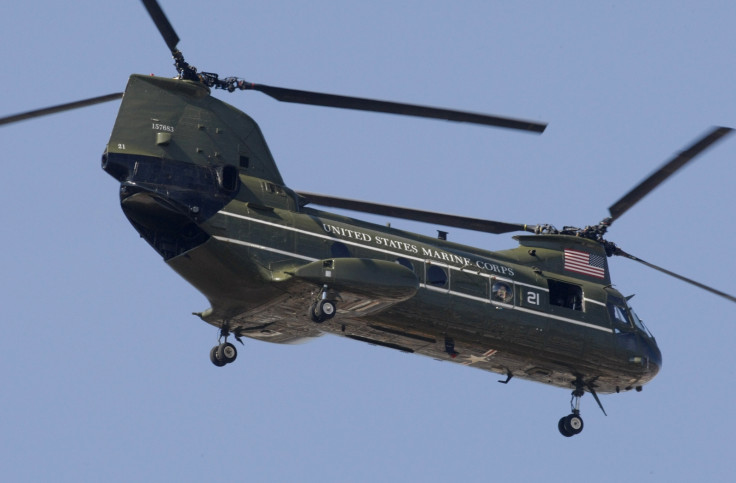'Space Bubbles' Caused Radio Blackout that Aided Taliban and Al-Qaida in Afghanistan War

"Space bubbles" caused a communication blackout that led to a US soldier being killed in Afghanistan in the 2002 battle Operation Anaconda, a study has suggested.
A team of 21 men had been deployed from Bagram, Afghanistan, to rescue a team of Navy Seals who were trapped on a ridge in the Shah-i-Kot valley.
Their instruction had been clear – do not land on the peak because it was under enemy control.
However, the team never got the message and the Chinook helicopter crashed on the peak under heavy fire, with three men killed including Air Force combat controller Technical Sergeant John A Chapman.
What is now known as the Battle of Takur Ghar was part of one of the first major battles in the War in Afghanistan against the Taliban and al-Qaida.
Researcher Michael Kelly, of the Johns Hopkins University Applied Physics Laboratory, stumbled across the account of the battle 10 years later and began thinking the radio message may never have got to the team because of a space-induced interference – plasma bubbles.

Using a computer model to predict the impact of space bubbles, the team looked at how they might have been involved in disrupting the communication systems.
Plasma bubbles are clouds of electrically charged gas particles. They form in the upper atmosphere and are about 62 miles wide. While they cannot be seen, they can bend and disperse radio waves.
Their study, which has been accepted for publication in a journal of the American Geophysical Union called Space Weather, found space bubbles normally occur in the atmosphere above Afghanistan in the spring.
The Battle of Takur Ghar took place in March, adding weight to the researchers' hypothesis. To confirm their suspicious, they looked at data from one of Nasa's missions to study the composition and dynamics of the upper atmosphere.
"The spacecraft flew over the battle field at about the right time," Kelly said.
Findings from the data showed there was a space bubble directly between the Navy Seals and the communications satellite. They said that while it was not large enough to disrupt communications by itself, the bubble would have contributed to interference caused by the complex terrain. Kelly said: "[It] could have pushed them over the edge."
© Copyright IBTimes 2025. All rights reserved.






















